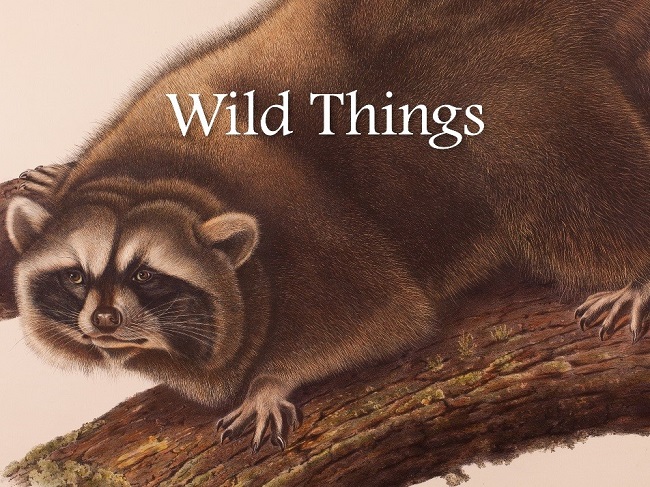
John James Audubon’s 19th century work on North American mammals on display through May 2018. Courtesy image.
SANTA BARBARA — Local art lovers have an opportunity to get wild at the Santa Barbara Museum of Natural History.
Over 30 rare and beautifully hand-colored lithographs of North American mammals by famous artist and naturalist John James Audubon are on display at the Santa Barbara Museum of Natural History’s John and Peggy Maximus Gallery. The special Wild Things exhibit will be open until Memorial Day 2018.
While John James Audubon received widespread acclaim for his collection on the Birds of America, he also produced outstanding work on North American mammals, in a time during the 19th century when information was scarce and much of western America was still poorly known. Mammals had not been well documented or illustrated in one publication until Audubon and his co-author, Reverend John Bachman, published the Imperial Folio of Quadrupeds.
Audubon attempted to capture the life and movement of his subjects, using a combination of pencil, chalk, crayon, and watercolor. He then hired a printer in Philadelphia to transfer the images from the preparatory watercolors to lithographic stones for making multiples. Published over three years, from 1845-1848, the 150 plates filled three volumes.
“We hope all who visit the exhibit come away with an appreciation for the artistry of this great naturalist,” said Maximus Gallery Curator Linda Miller. “These antique prints give us a glimpse into history, help us to understand how the sciences developed, and blend art and science in a captivating and beautiful way.”
Admission to the Maximus Gallery is free with paid admission, which is currently 50% off until December 31, 2017. The Gallery is open every day from 10:00 am – 5:00 pm, except for New Year’s Day.
Audubon’s prints on display belong to the Museum’s extensive collection of more than 3,500 engravings and lithographs, which represent a sampling of European and American natural history illustrations from the 17th to 19th centuries. They were made during an era in which the world’s flora and fauna were being described for the first time. As European voyages of exploration discovered new lands beyond the boundaries of the known world, naturalists and artists collected and recorded their findings, bringing back vast collections of plants and animals new to science. Once home, the artist’s drawings were engraved onto copper plates and published for a public eager to see these exotic new discoveries. Engravings and lithographs of birds, plants, fruits, and insects are represented in the Museum’s print collection. Subjects include 19th century lithographs of birds and mammals by John James Audubon, hummingbirds by John Gould, reptile and amphibian engravings from Colonial America by Mark Catesby, and 17th century German botanicals by Basil Besler.
About the Santa Barbara Museum of Natural History: Founded in 1916, the Santa Barbara Museum of Natural History strives to instill a passion for learning and discovery among its patrons. The museum aims to build relationships with the Santa Barbara community as well as encourage members and all visitors to seek a better understanding of the world around them. For more information, call (805) 682-4711 or visit www.sbnature.org.
